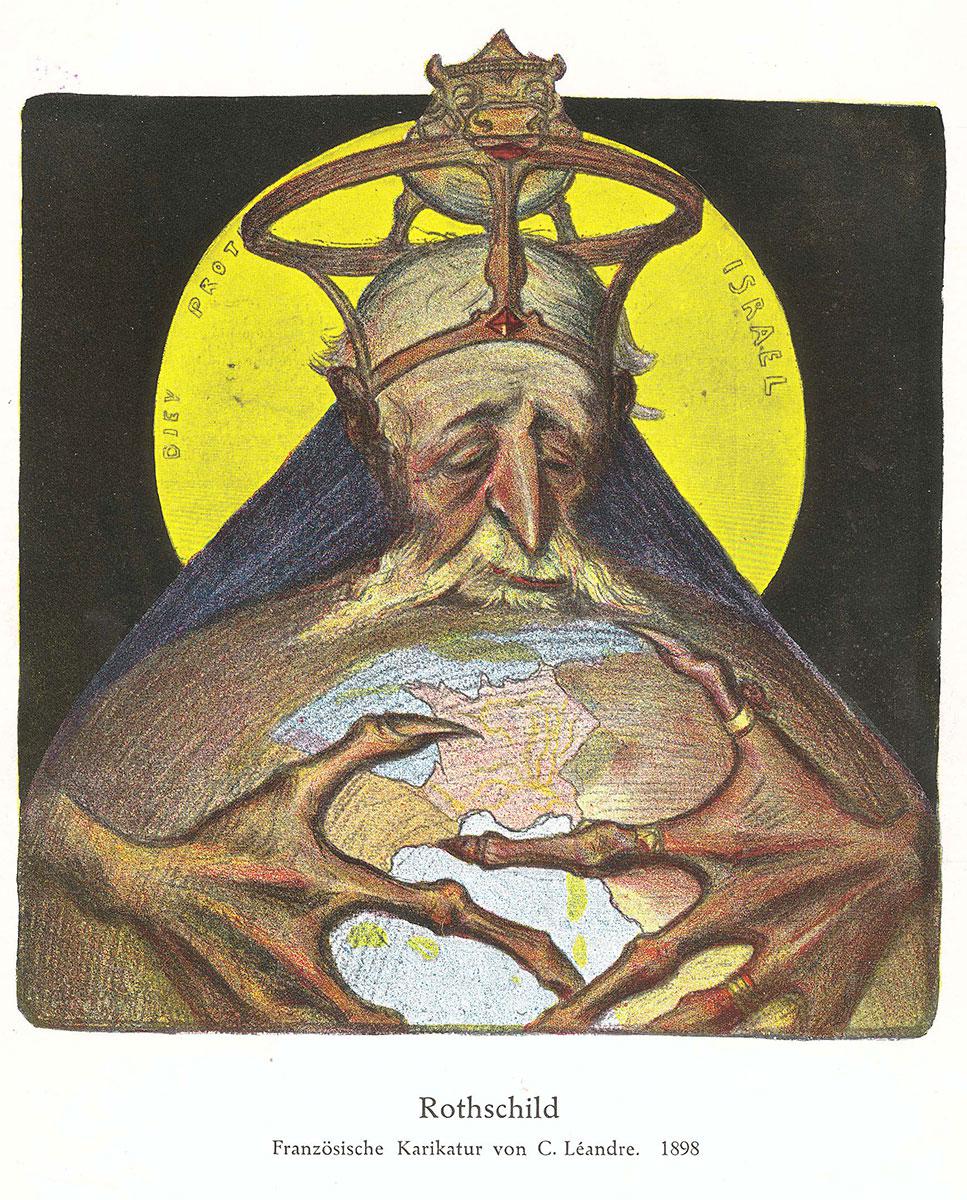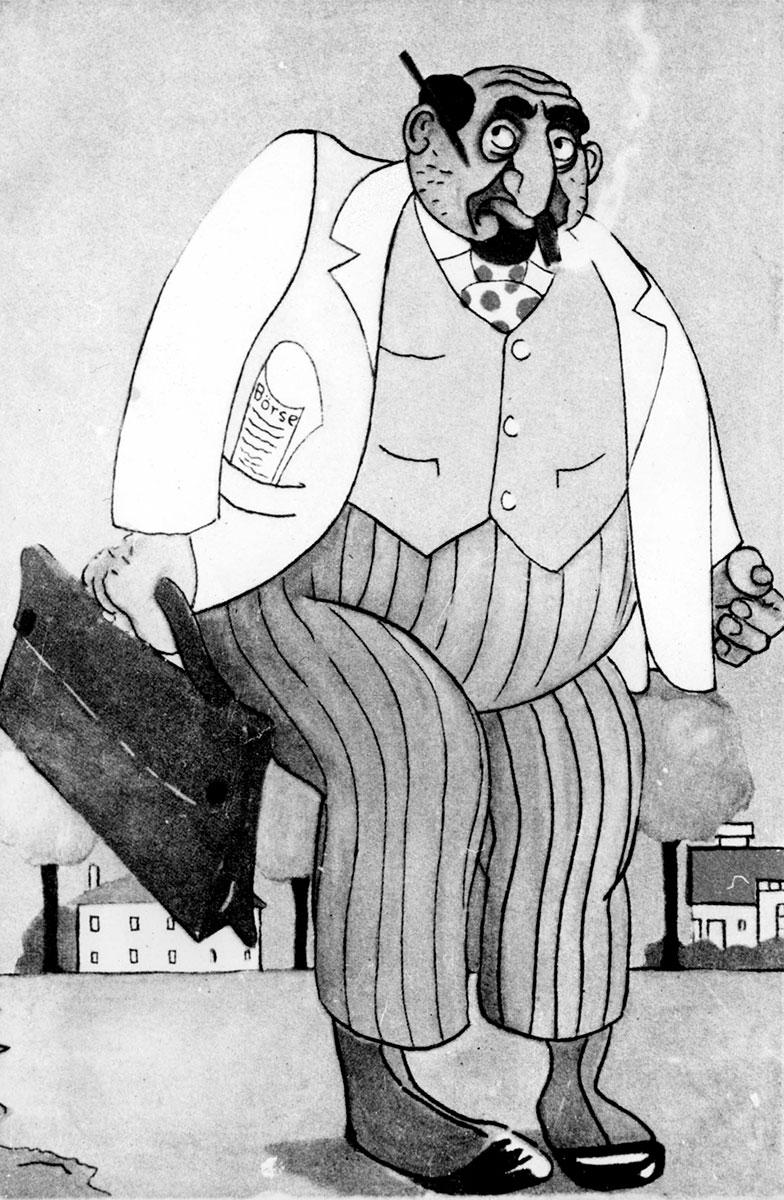Read More...

Yad Vashem Photo Archives FA196/153
Yad Vashem Photo Archives FA196/153


Yad Vashem


Yad Vashem Photo Archives 1652/2
Yad Vashem Photo Archives 1652/2


Yad Vashem Artifacts Collection
Donated by Gidon Finkelstein, Belgium


Its antisemitic depictions highlight the “damage” caused by the “foreign, moneyed and exploitive” Jew to the honest, hard-working German, rooted in his land. The lower part has reliefs expressing the remedy for such distress - Jews being escorted with their baggage. Next to one relief is the sentence: “Joy when Germany is rid of Jews”. Köln, 1910.
Yad Vashem Artifacts Collection.
Donated by William H. Hersh, USA


Yad Vashem Artifacts Collection

Hatred of the Jews had long been entrenched in Europe. The image of the Jew as the murderer of Jesus and the fact that Jews had rejected Christianity’s embrace led to widespread hatred and suspicion. Jews in Christendom were humiliated, banished from their places of residence, forced to wear identifying marks, and confined to separate residential quarters. They were portrayed as offspring of the Devil and accused of the ritual murder of Christian children, yet the Church prevented their destruction.
In the modern period, antisemitism that emphasized economic, social or political differences gained strength. A combination of racial antisemitism and social Darwinism, however, invested this traditional antisemitism with a new and dynamic image. Racial theories became prevalent in Europe and, especially in Germany in the middle of the nineteenth century. The very term “antisemitism”, which signals antipathy towards Jews not as practitioners of a different faith or holders of a separate nationality, but as members of a special race, was first coined by antisemites in Germany in the 1870s.
Not until the 1930s, however, with the ascendancy of National Socialism and Adolf Hitler’s accession to power in Germany, did racial antisemitism become a political instrument in the hands of the masses and, later on, the official policy of a modern state. From then on the essence of Jewishness was believed to be biological. In the past a Jew could theoretically avoid persecution by assimilating, renouncing the customs of his tradition, or adopting a non-Jewish faith. However, the racial element eliminated these possibilities. The new racial outlook defined the German people as the finest and purest branch of the Aryan-Nordic race (along with the Nordic-Scandinavian peoples) and labeled Jews as a subhuman race that strove to challenge the “correct” world order and deprive the “supreme race” of its position of dominance and leadership. Unless the “Aryan” race won the struggle and established its dominion, Jews would bring about the extermination of the human race.









